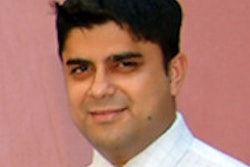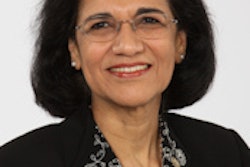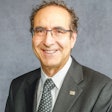Dear AuntMinnie Member,
New data released yesterday confirm that healthcare costs in the U.S. continue to rise slowly -- in fact, at a historically low rate over the past four years.
The U.S. Centers for Medicare and Medicaid Services (CMS) released its analysis of healthcare spending for 2012, which found that overall medical costs grew 3.7% that year. That's lower than the increase in the U.S. gross domestic product, and it marks the fourth straight year of relatively low growth.
What's behind the restrained pace? CMS actuaries credited a number of technical factors, few of which were related to the Affordable Care Act, even as White House officials sought to assign credit to Obamacare.
The question is whether the news will prompt CMS to ease off the relentless pressure it has put on reimbursement for medical imaging procedures. At the very least, one hopes that CMS administrators are reading their own reports.
Read about the news by clicking here, or visit our Imaging Leaders Digital Community at leaders.auntminnie.com.
Reducing residency slots
Should the number of radiology residency slots be reduced in response to the ongoing oversupply of radiologists? That's the tantalizing question posed by Dr. Saurabh Jha in a new column.
Radiology has been plagued by an ongoing surplus of radiologists. More radiologists are now competing for fewer jobs, creating the agonizing dilemma of doctors unable to find work after years of training.
Dr. Jha examines the question from a number of angles. He sees reducing the number of residency slots as an attractive intermediate-term solution, but over the longer term the "market" may end up self-correcting. Why? Click here to find out, and when you're done, visit our Forums to participate in the debate over the issue.
Decision support works
Finally, many institutions are turning to decision-support software in an effort to reduce unnecessary imaging procedures. One institution, Massachusetts General Hospital, found that its implementation of decision support helped increase radiologists' adherence to guidelines for follow-up of suspicious pulmonary nodules.
Find out how the software worked by clicking here, or visit our Healthcare IT Digital Community at healthcareit.auntminnie.com.



















